| [1] |
张杨松, 卓彦, 尧德中. 脑电磁成像进展及展望[J]. 中国科学:生命科学, 2020, 50(11): 1268–1284. doi: 10.1360/ssv-2019-0097ZHANG Yangsong, ZHUO Yan, and YAO Dezhong. Progresses and prospects of brain electromagnetic imaging[J]. Scientia Sinica Vitae, 2020, 50(11): 1268–1284. doi: 10.1360/ssv-2019-0097
|
| [2] |
OJEDA A, KREUTZ-DELGADO K, and MULLEN T. Fast and robust Block-Sparse Bayesian learning for EEG source imaging[J]. NeuroImage, 2018, 174: 449–462. doi: 10.1016/j.neuroimage.2018.03.048
|
| [3] |
HE Bin, SOHRABPOUR A, BROWN E, et al. Electrophysiological source imaging: A noninvasive window to brain dynamics[J]. Annual Review of Biomedical Engineering, 2018, 20: 171–196. doi: 10.1146/annurev-bioeng-062117-120853
|
| [4] |
HÄMÄLÄINEN M S and ILMONIEMI R J. Interpreting magnetic fields of the brain: Minimum norm estimates[J]. Medical & Biological Engineering & Computing, 1994, 32(1): 35–42. doi: 10.1007/BF02512476
|
| [5] |
DALE A M and SERENO M I. Improved localizadon of cortical activity by combining EEG and MEG with MRI cortical surface reconstruction: A linear approach[J]. Journal of Cognitive Neuroscience, 1993, 5(2): 162–176. doi: 10.1162/jocn.1993.5.2.162
|
| [6] |
GRECH R, CASSAR T, MUSCAT J, et al. Review on solving the inverse problem in EEG source analysis[J]. Journal of NeuroEngineering and Rehabilitation, 2008, 5(1): 25. doi: 10.1186/1743-0003-5-25
|
| [7] |
PASCUAL-MARQUI R D. Standardized low-resolution brain electromagnetic tomography (sLORETA): Technical details[J]. Methods and Findings in Experimental and Clinical Pharmacology, 2002, 24(Suppl D): 5–12.
|
| [8] |
FRISTON K, HARRISON L, DAUNIZEAU J, et al. Multiple sparse priors for the M/EEG inverse problem[J]. NeuroImage, 2008, 39(3): 1104–1120. doi: 10.1016/j.neuroimage.2007.09.048
|
| [9] |
CHOWDHURY R A, LINA J M, KOBAYASHI E, et al. MEG source localization of spatially extended generators of epileptic activity: Comparing entropic and hierarchical bayesian approaches[J]. PLoS One, 2013, 8(2): e55969. doi: 10.1371/journal.pone.0055969
|
| [10] |
XU Furong, LIU Ke, YU Zhuliang, et al. EEG extended source imaging with structured sparsity and L1-norm residual[J]. Neural Computing and Applications, 2021, 33(14): 8513–8524. doi: 10.1007/s00521-020-05603-1
|
| [11] |
周伊婕, 宋西姊, 何峰, 等. 基于脑电的多模态神经功能成像新技术研究进展[J]. 中国生物医学工程学报, 2020, 39(5): 595–602. doi: 10.3969/j.issn.0258-8021.2020.05.010ZHOU Yijie, SONG Xizi, HE Feng, et al. Research progress of multimodal functional neural imaging technology based on EEG[J]. Chinese Journal of Biomedical Engineering, 2020, 39(5): 595–602. doi: 10.3969/j.issn.0258-8021.2020.05.010
|
| [12] |
LIU A K, BELLIVEAU J W, and DALE A M. Spatiotemporal imaging of human brain activity using functional MRI constrained magnetoencephalography data: Monte Carlo simulations[J]. Proceedings of the National Academy of Sciences of the United States of America, 1998, 95(15): 8945–8950. doi: 10.1073/pnas.95.15.8945
|
| [13] |
HENSON R N, FLANDIN G, FRISTON K J, et al. A parametric empirical Bayesian framework for fMRI-constrained MEG/EEG source reconstruction[J]. Human Brain Mapping, 2010, 31(10): 1512–1531. doi: 10.1002/hbm.20956
|
| [14] |
LEI Xu, XU Peng, LUO Cheng, et al. fMRI functional networks for EEG source imaging[J]. Human Brain Mapping, 2011, 32(7): 1141–1160. doi: 10.1002/hbm.21098
|
| [15] |
ZUMER J M, ATTIAS H T, SEKIHARA K, et al. Probabilistic algorithms for MEG/EEG source reconstruction using temporal basis functions learned from data[J]. NeuroImage, 2008, 41(3): 924–940. doi: 10.1016/j.neuroimage.2008.02.006
|
| [16] |
OU Wanmei, HÄMÄLÄINEN M S, and GOLLAND P. A distributed spatio-temporal EEG/MEG inverse solver[J]. Neuroimage, 2009, 44(3): 932–946. doi: 10.1016/j.neuroimage.2008.05.063
|
| [17] |
LIU Ke, YU Zhuliang, WU Wei, et al. Bayesian electromagnetic spatio-temporal imaging of extended sources based on matrix factorization[J]. IEEE Transactions on Biomedical Engineering, 2019, 66(9): 2457–2469. doi: 10.1109/TBME.2018.2890291
|
| [18] |
ENGEMANN D A and GRAMFORT A. Automated model selection in covariance estimation and spatial whitening of MEG and EEG signals[J]. NeuroImage, 2015, 108: 328–342. doi: 10.1016/j.neuroimage.2014.12.040
|
| [19] |
TRUJILLO-BARRETO N J, AUBERT-VÁZQUEZ E, and PENNY W D. Bayesian M/EEG source reconstruction with spatio-temporal priors[J]. NeuroImage, 2008, 39(1): 318–335. doi: 10.1016/j.neuroimage.2007.07.062
|
| [20] |
HENSON R N, ABDULRAHMAN H, FLANDIN G, et al. Multimodal integration of M/EEG and f/MRI data in SPM12[J]. Frontiers in Neuroscience, 2019, 13: 300. doi: 10.3389/fnins.2019.00300
|
| [21] |
OTSU N. A threshold selection method from gray-level histograms[J]. IEEE Transactions on Systems, Man, and Cybernetics, 1979, 9(1): 62–66. doi: 10.1109/TSMC.1979.4310076
|
| [22] |
ASADZADEH S, YOUSEFI REZAII T, BEHESHTI S, et al. A systematic review of EEG source localization techniques and their applications on diagnosis of brain abnormalities[J]. Journal of Neuroscience Methods, 2020, 339: 108740. doi: 10.1016/j.jneumeth.2020.108740
|
| [23] |
AL-SAFFAR A, BIALKOWSKI A, BAKTASHMOTLAGH M, et al. Closing the gap of simulation to reality in electromagnetic imaging of brain strokes via deep neural networks[J]. IEEE Transactions on Computational Imaging, 2021, 7: 13–21. doi: 10.1109/tci.2020.3041092
|
| [24] |
BORE J C, LI P, JIANG L, et al. A long short-term memory network for sparse spatiotemporal EEG source imaging[J]. IEEE Transactions on Medical Imaging, 2021, 40(12): 3787–3800. doi: 10.1109/TMI.2021.3097758
|
| [25] |
HOU Yimin, ZHOU Lu, JIA Shuyue, et al. A novel approach of decoding EEG four-class motor imagery tasks via scout ESI and CNN[J]. Journal of Neural Engineering, 2020, 17(1): 016048. doi: 10.1088/1741-2552/ab4af6
|
| [26] |
WU Wei, ZHANG Yu, JIANG Jing, et al. An electroencephalographic signature predicts antidepressant response in major depression[J]. Nature Biotechnology, 2020, 38(4): 439–447. doi: 10.1038/s41587-019-0397-3
|
| [27] |
TOLL R T, WU Wei, NAPARSTEK S, et al. An electroencephalography connectomic profile of posttraumatic stress disorder[J]. American Journal of Psychiatry, 2020, 177(3): 233–243. doi: 10.1176/appi.ajp.2019.18080911
|





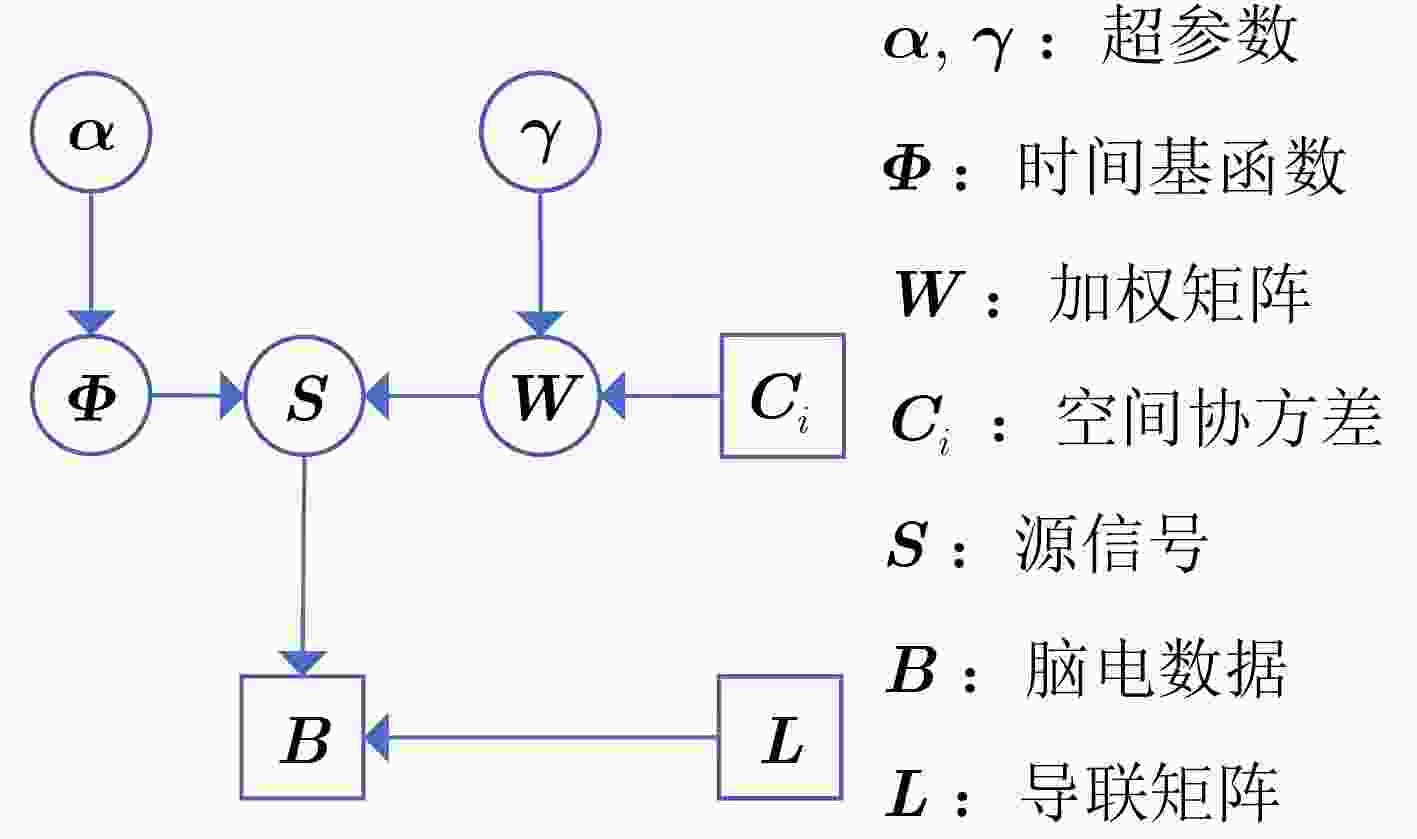
 下载:
下载:
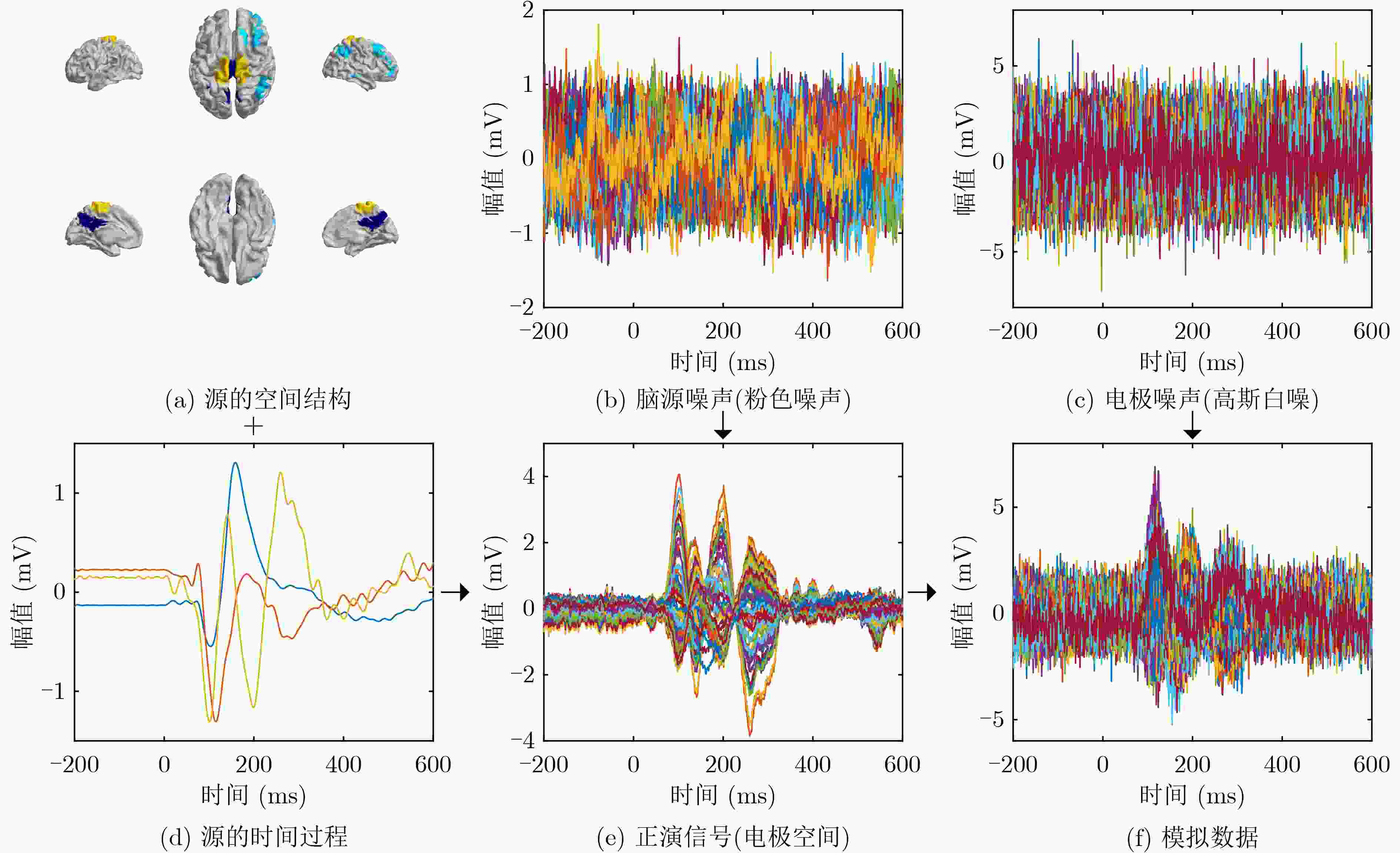
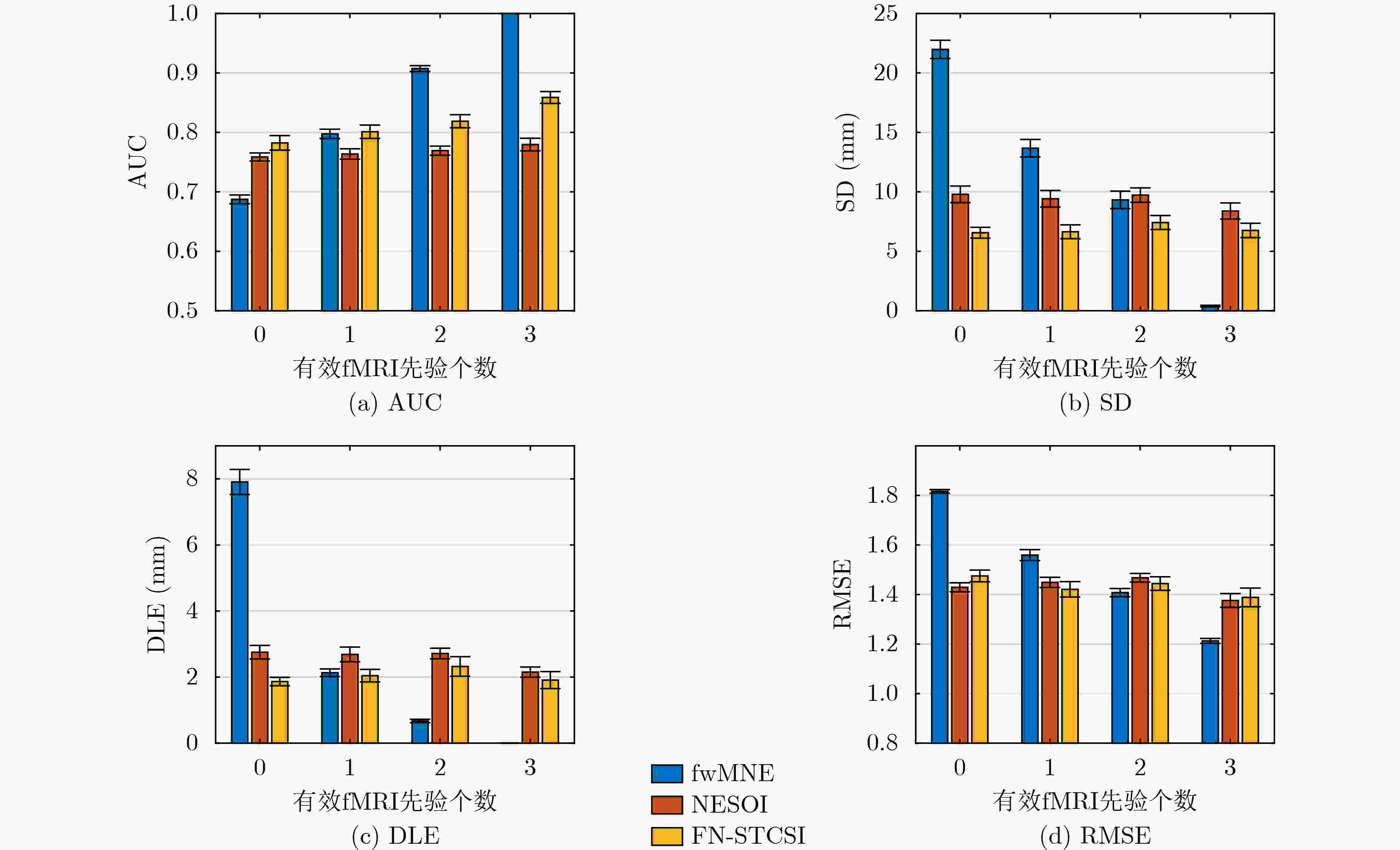
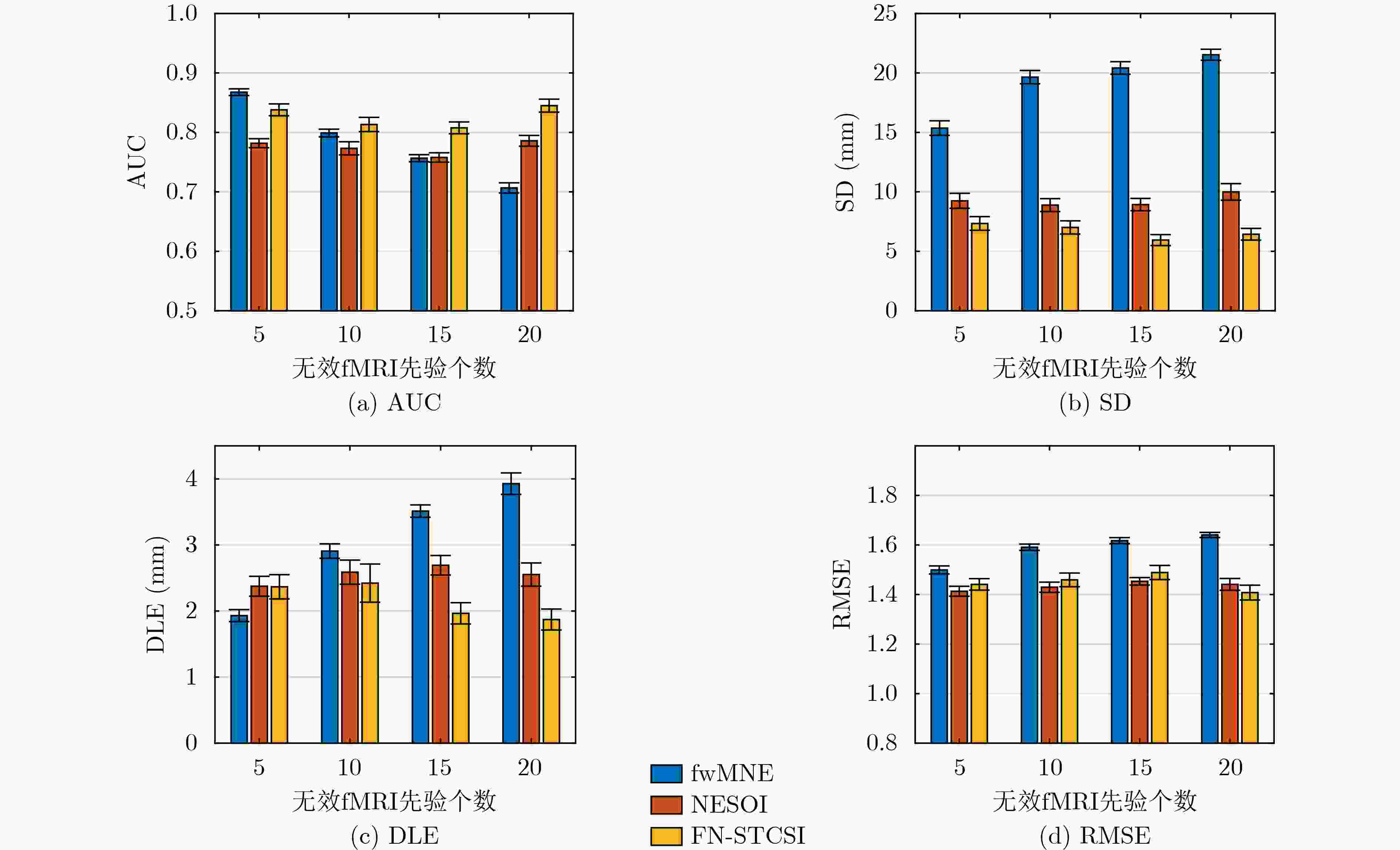
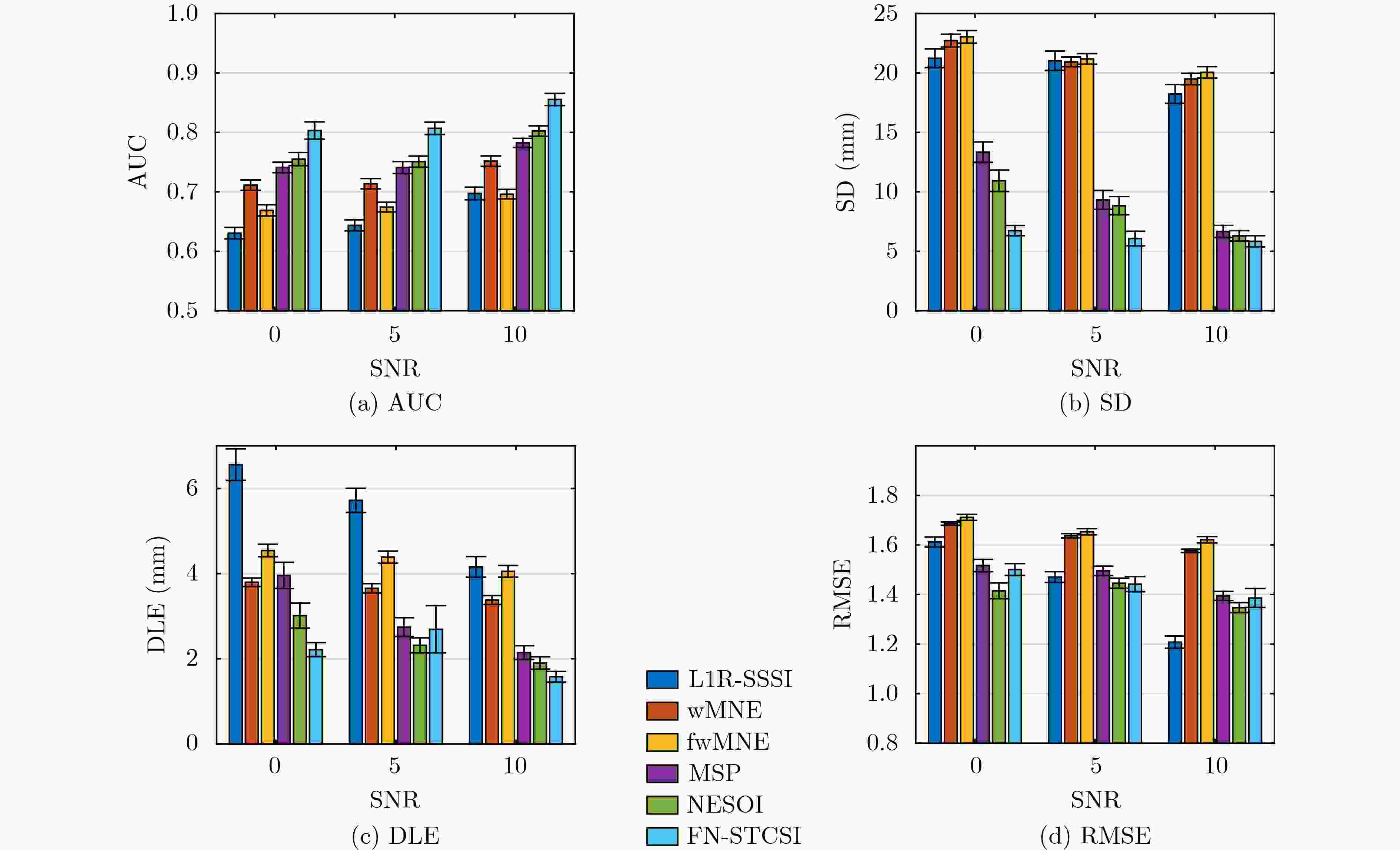
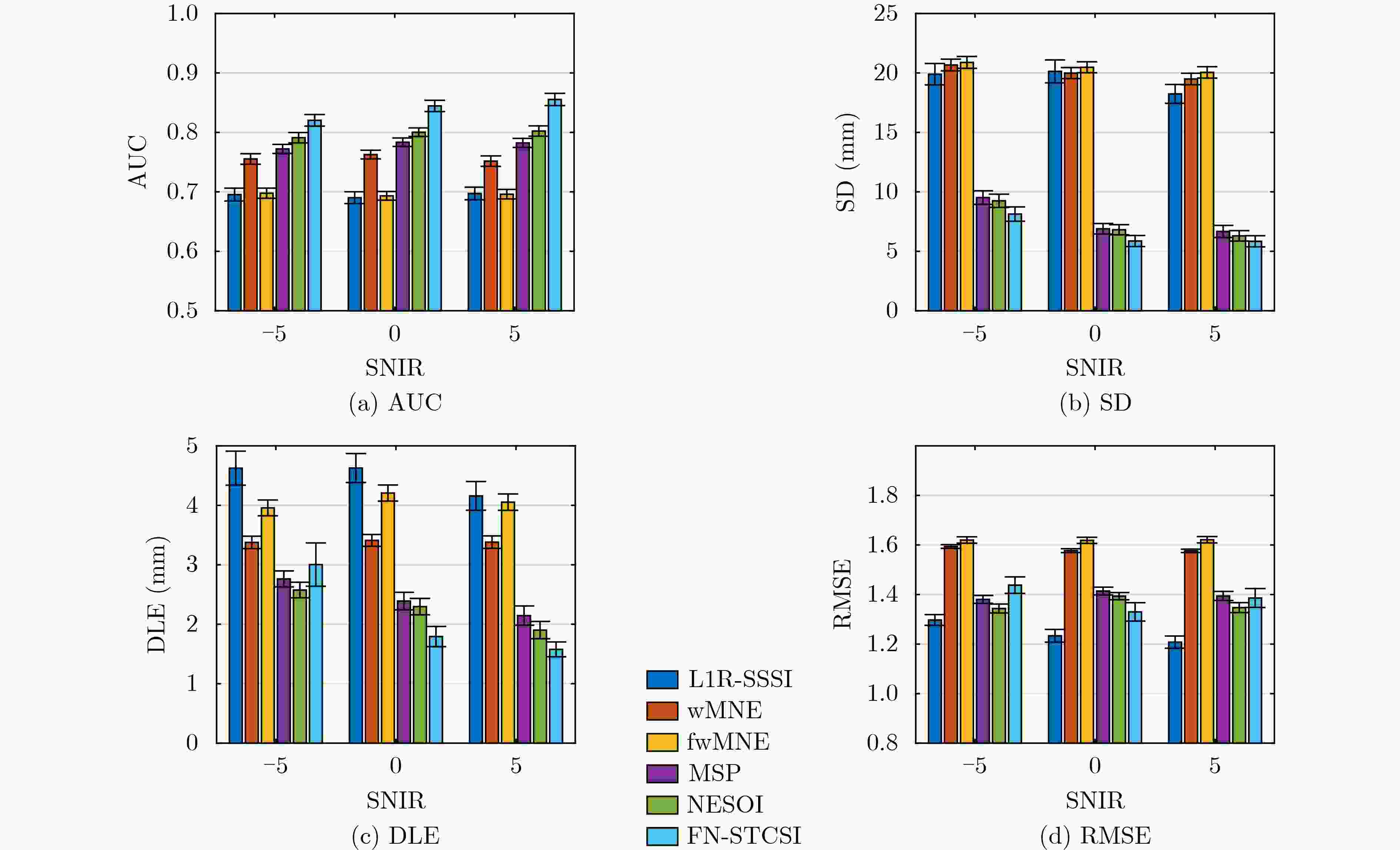




 下载:
下载:
